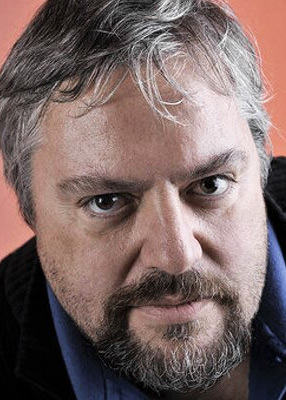


|
||
|
||
When ICANN committed—after no small debate—to an open, rather than limited application process for new gTLDs, supporters likened it to “letting a thousand flowers bloom.” On reveal day we got our first glimpse at the thousand (plus) flowers they promised. Now it falls to ICANN to tend this wild new garden.
Reveal day itself was a pleasant surprise for many in and around the ICANN community. Dreaded strings like “.terror” or “.hate” failed to materialize, leaving a list that was long on creative, targeted proposals and hopefully fairly short on GAC-bait.
But now the fun of spreading the seeds has already begun to fade, and the hard work of turning this new, unprecedented flowerbed into a safe, innovative and worthwhile global garden has already begun.
As we know, some of the seeds will never take root, as incomplete or inadequate registrations stay buried beneath the soil. Others will get yanked out of the ground when they are little more than shoots, as governments and others object to them on any number of other grounds.
Of those that survive the initial growth process, we know that some will probably emerge as purely parasitic species, collecting registrations from trademark holders, while doing little to create real value to new registrants and the Internet itself.
Others will be pretty, but delicate species that will wilt in the hot sun of technical rigor, legal challenges and competitive pressure. And of course some will simply fail to grow as bigger, stronger flowers block them from the light.
The whole Darwinian process is about to play out before us, and the casualties won’t be limited to the garden. The challenge before ICANN is to ensure that the global Internet community is able to derive the greatest possible value from this riot of growth and expansion.
The good news is that the ICANN staff, Board and the community appear committed to meeting that challenge. Discussions this week about the Trademark Clearinghouse, objections, batching, and other critical issues are already helping to define the flower plots more clearly, and give them each a better chance to grow healthy and strong, without harming the other plants around them.
Thanks in large part to the hard work of the community, the worst case scenarios surrounding the new gTLD process have not come to pass. But that process is far from over, and our collective commitment and effort is still dearly needed.
The seeds are planted, the ground is watered, and the thousand flowers are just waiting to explode through the soil. ICANN and the community have shown that they know how to plant a garden. But as any green thumb will tell you, planting is the easy part.
Of course, gardeners are a critical bunch, and some (including official government gardeners, whose opinions have real consequences) are already criticizing the makeup of ICANN’s plot, noting the relative dearth of seeds from under-represented regions like Africa and South America. But as anyone who lives on either of those continents knows, plants that have evolved there grow very strong, and those few seeds may yet produce the brightest, largest blooms of the entire garden.
Even Kafka said “Anyone who keeps the ability to see beauty never grows old.” In order to judge the true success of this garden, we’re going to have to wait for it to bloom, and for ICANN to tend it.
Sponsored byIPv4.Global

Sponsored byVerisign

Sponsored byDNIB.com

Sponsored byCSC

Sponsored byWhoisXML API

Sponsored byVerisign

Sponsored byRadix
